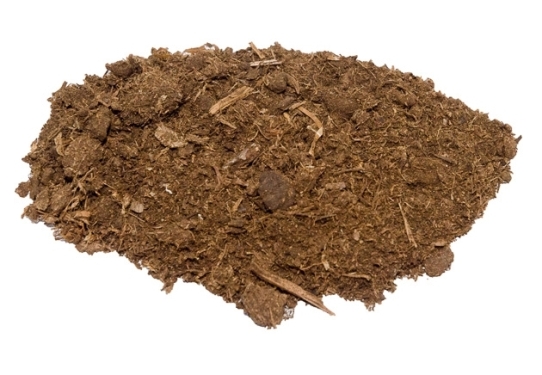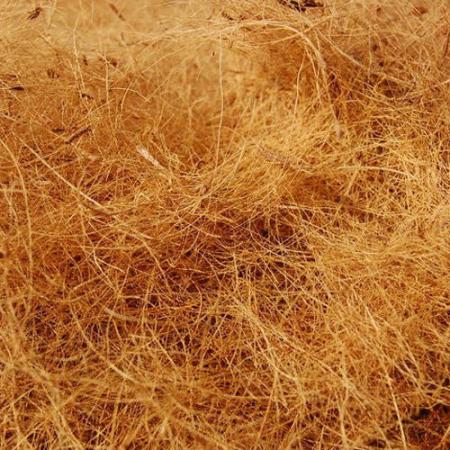In a previous article, I wrote about the benefits and disadvantages of using perlite or vermiculite in your growing medium. Continuing on the topic of growing mediums, I’ll be outlining some organic substances that help your plants grow: peat moss, compost, and coir.

Peat Moss
Unlike perlite or vermiculite, peat moss is composed of organic matter. Its dark brown, fibrous, has an organic smell, and looks remarkably like a rich soil clump. The dead moss found in peat moss is slowly undergoing anaerobic decomposition. For the sake of comparison, I’ll note that compost breaks down aerobically. Peat moss has very low salinity, meaning that it can reduce the salt levels in soil. However, peat moss is also acidic, so lime (a base) is necessary to balance the pH. Peat moss is best known for its longevity. Because it does not undergo aerobic breakdown, peat moss can aerate soil or other grow mediums for several years. It also retains moisture well. When it comes to plants, peat moss has universal appeal, especially when balanced with lime, though its primary use is in the early stages of plant life: seed starting and first growth. When used in the grow medium for a mature plant, peat moss can cut down on how many times a plant needs to be watered. Blueberries get special mention here: they thrive in acidic soil, so there’s no need to worry about mixing in lime.
Peat Moss vs. Compost
I noted in my above paragraph that peat moss breaks down anaerobically, while compost decomposes aerobically. Since both peat moss and compost are made of organic matter, they draw frequent comparisons, but they have different uses in a garden. Peat moss has a uniform make-up and lasts for a long time, while compost will lose any nutritional value it provides after a year. However, compost excels at replenishing soil and is a great type of mulch. Starting a plant in peat moss then moving to compost to restore soil nutrients as the plant matures is a great way to combine the strengths of the two organic growing mediums. As an additional benefit, peat moss slows down the compaction of compost, which prolongs its nutritional value to plants.

Coir
As environmental activists encourage and promote the transition to renewable sources of energy, similar philosophies have taken root in gardens and greenhouses across America. Peat moss has become the target of environmentalists due to its status as a non-renewable resource. Technically, peat moss is renewable. It simply takes around a thousand years to form at the bottom of bogs.
Coir, conventionally known as coconut fiber, functions similarly to peat moss while being a fully renewable resource. Both excel at absorbing water, and both aerate soil. Coir even has a neutral pH, saving growers the added expense of buying lime to mix with peat moss. However, US growers will find that coir costs more than peat moss. The growing mediums are similar in commodity pricing, but differences arise in shipping costs. Peat moss is harvested in Canada and the northern US, while coir comes from India and SE Asia. Ultimately, coir and peat moss accomplish the same goal in gardening, and choosing which to use is a matter of personal preference. If you haven’t tried coir as growing medium, read this article that discusses some of the advantages it has over peat moss.
Joshua Nichols is the MyGardenAndGreenhouse.com associate editor.
Related Articles & Free Email Newsletter
A Lot of Things Can Be Used as Hydroponic Growing Medium
Hydroponics as a Supplemental Growing Method
Sterile Growing Media Can Become a Source of Bacterial Problems




Comment here